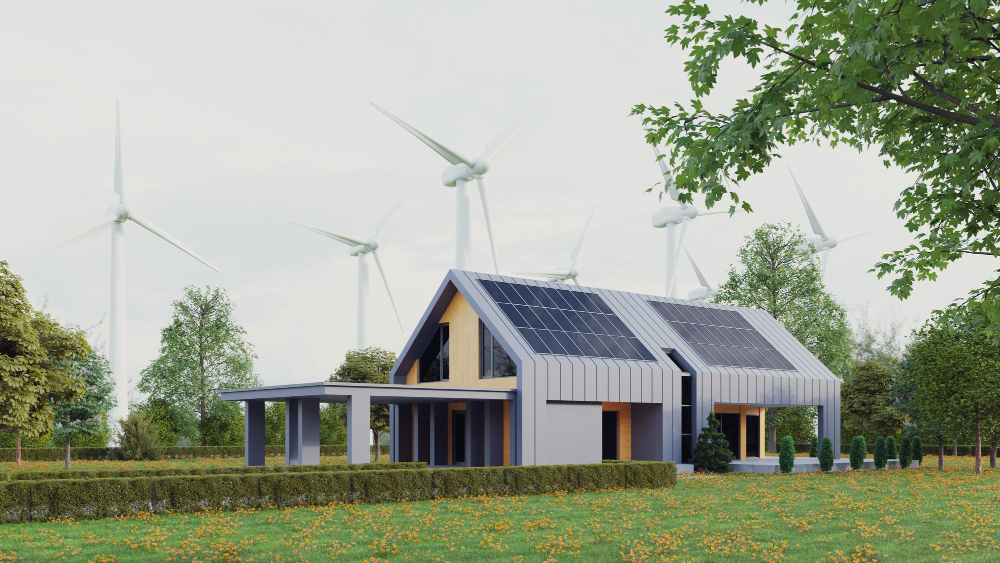Last updated on
Use these seven simple tips to improve your home nad make it eco-friendly. Read on!
Are you looking for ways to make your home better while also being conscious of the environment? The good news, investing in green energy doesn’t have to be expensive or complicated!
With just a few simple eco-friendly adjustments, not only can you boost your home’s performance and efficiency—but it could save you money too.
In this blog post, we’ll outline 7 different tips that will help anyone make their own small but impactful changes for an environmentally better way of living.
Read on to start learning how easy upping the sustainability game can be!
Switch to Energy-efficient Appliances
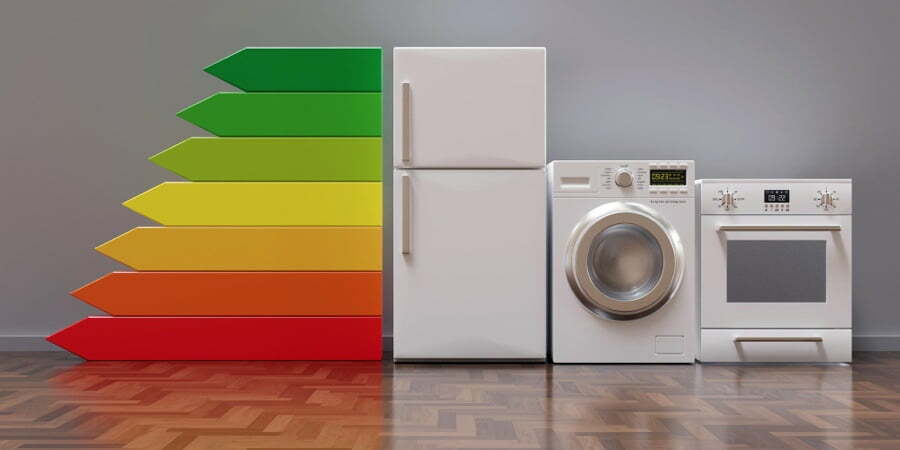
Making a simple switch to energy-efficient appliances when it’s time to replace older models can make a big difference in your household’s energy consumption. These newer models are designed to use less energy while still providing the same level of performance as their older counterparts.
Investing in energy-saving appliances can save you money on your electricity bills while also reducing greenhouse gas emissions. Plus, the added benefit of knowing that you’re doing your part for the environment can give you a sense of satisfaction in knowing you’re making a positive impact with every load of laundry or dish you wash.
Install Double or Triple-pane Windows

Double or triple-pane windows are specially designed to keep your home insulated, preventing the hot or cold air from outside from seeping in and affecting the temperature inside. As a result, your heating and cooling systems don’t have to work as hard to maintain the desired temperature, which can help to save you money on your energy bills over time.
It’s a smart investment for any homeowner looking to lower their monthly expenses while also making their home more comfortable.
Self-storage As a Smart and Eco-friendly Choice
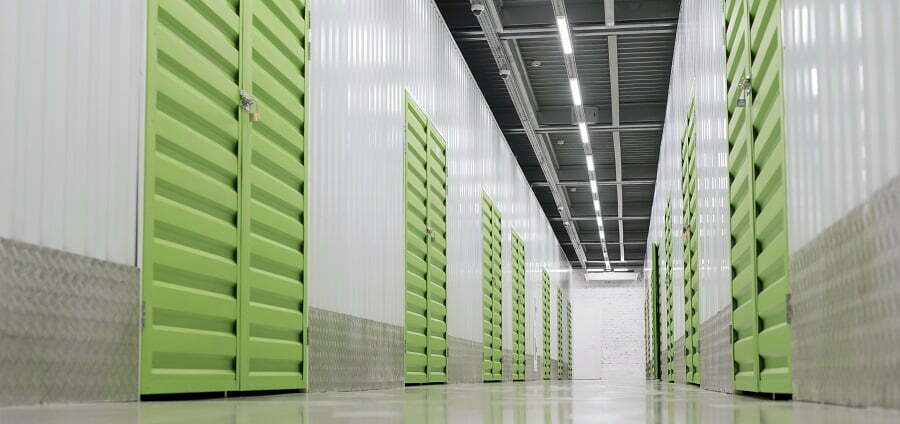
Storing items such as furniture, seasonal decorations, tools, and other belongings in a self-storage unit can help you reduce energy consumption. This is because you won’t need to heat or cool those items in your home.
Additionally, with the right self-storage facility, you can be sure that all of your stored items are safe and secure so that they won’t contribute to unnecessary waste. You can click here and find out how to keep your goods safe. Investing in self-storage can save you money, help protect the environment, and provide peace of mind.
Upgrade Your Insulation to Reduce Energy Usage
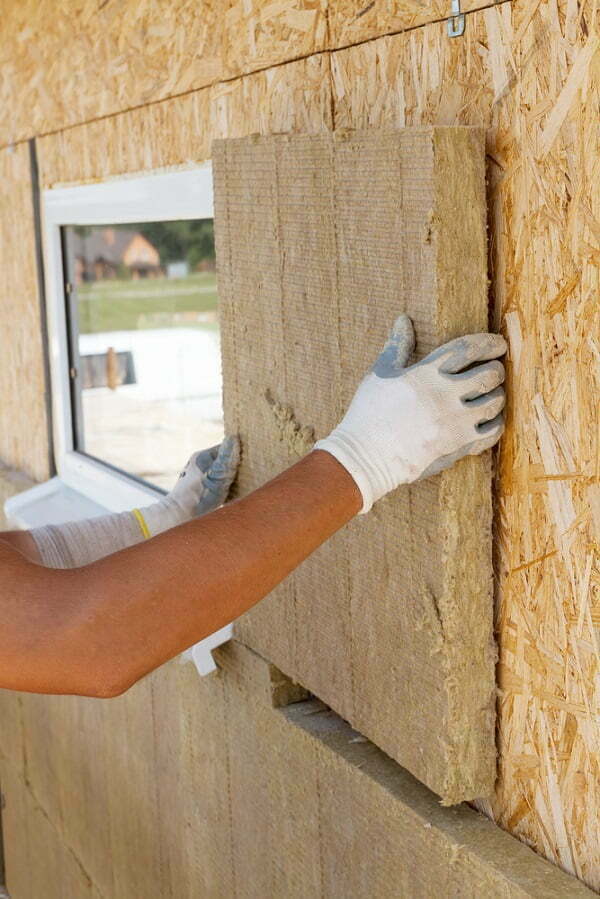
With proper insulation, you can significantly reduce the amount of heat that escapes your home, which means your heating system won’t have to work as hard to maintain a comfortable temperature.
As a result, you’ll save money on your energy bills while enjoying a more pleasant indoor environment. Plus, updated insulation can also improve the overall health of your home by preventing moisture buildup and reducing air leakage, which can cause problems like mold and mildew growth or drafty rooms.
Replace Outdoor Lighting Fixtures
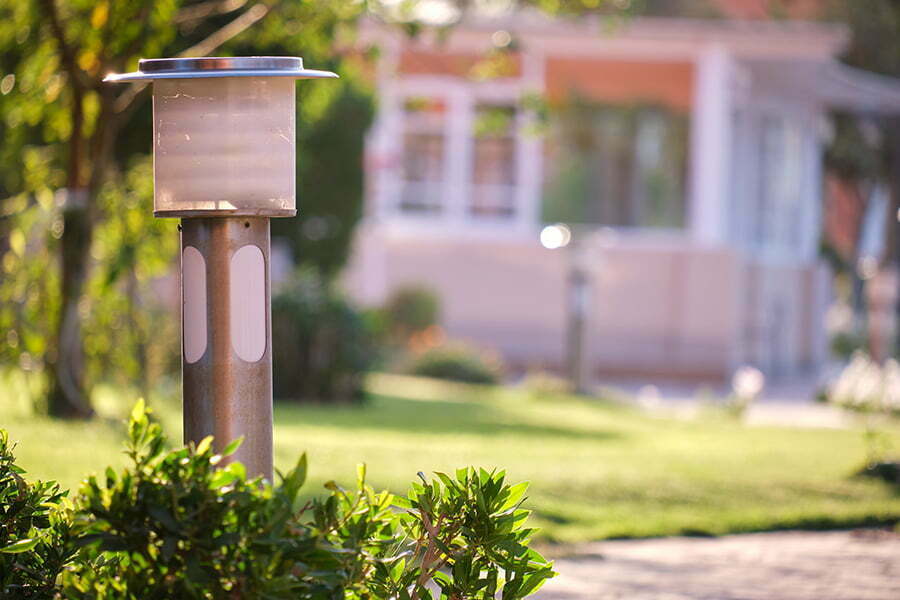
Replacing your outdoor lighting fixtures with solar-powered options is a brilliant idea. Solar-powered lighting fixtures are an eco-friendly and cost-effective way to light up your outdoor space, without the added expense of electricity. Not only will you save on your monthly energy bill, but you’ll also be doing your part in reducing your carbon footprint.
With the convenience of automatic sensors, the solar-powered lights will turn on at sunset and turn off at sunrise, requiring little to no maintenance. So, not only will you save money, but you’ll also have one less thing to worry about. Make the switch to solar for added savings, both financially and environmentally.
Use Native Plants in Landscaping Projects
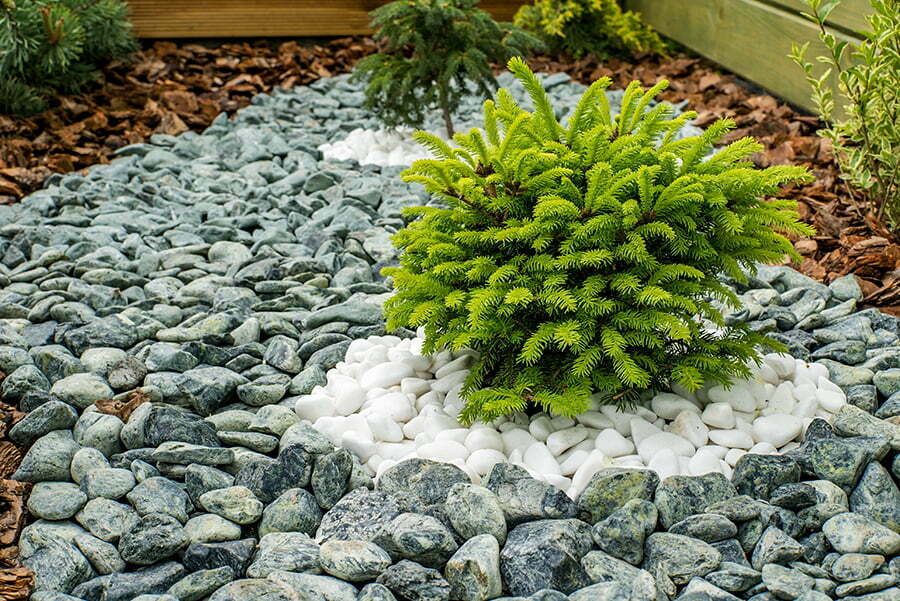
Incorporating native plants into landscaping projects is not only aesthetically pleasing but also incredibly beneficial for the local environment.
Native plants are perfectly adapted to the specific climate and soil conditions of the region, meaning that they require less maintenance and water compared to non-native species.
Additionally, they provide critical habitat for local wildlife, such as birds and butterflies. Using native plants in landscaping projects can create beautiful and sustainable spaces that enhance the natural beauty of our surroundings and contribute to the overall health of the local ecosystem.
Incorporate Rainwater Harvesting Systems
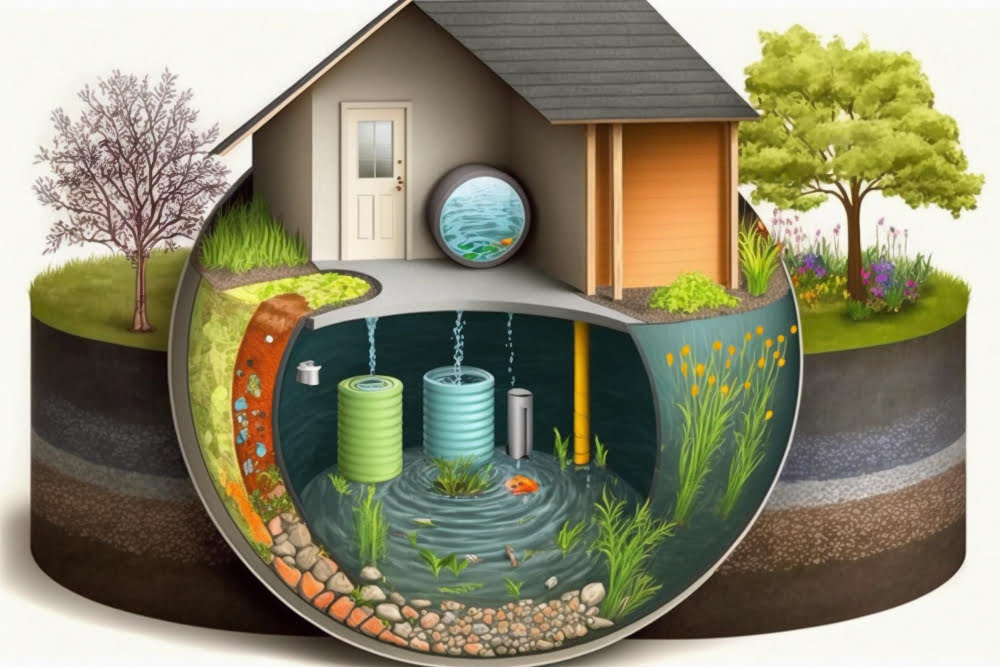
Incorporating rainwater harvesting systems into landscaping design is a smart and eco-friendly choice that not only benefits the environment but also your wallet.
These systems can be easily integrated into any outdoor space, from residential backyards to commercial properties, and offer a wide range of benefits, including reduced water bills, decreased erosion, and healthier plant growth.
Moreover, collecting rainwater prevents this precious resource from being wasted, making a significant difference in water conservation efforts. By incorporating rainwater harvesting systems into your landscaping design, you are part of the solution to
There are many eco-friendly home improvement tips that anyone can use to reduce their household’s energy consumption while also ensuring a comfortable living space.
With just a few small changes, you can make a big difference for the environment and your wallet. So what are you waiting for? Get started today and start enjoying the benefits of eco-friendly living!
Related reading:
Table of Contents




